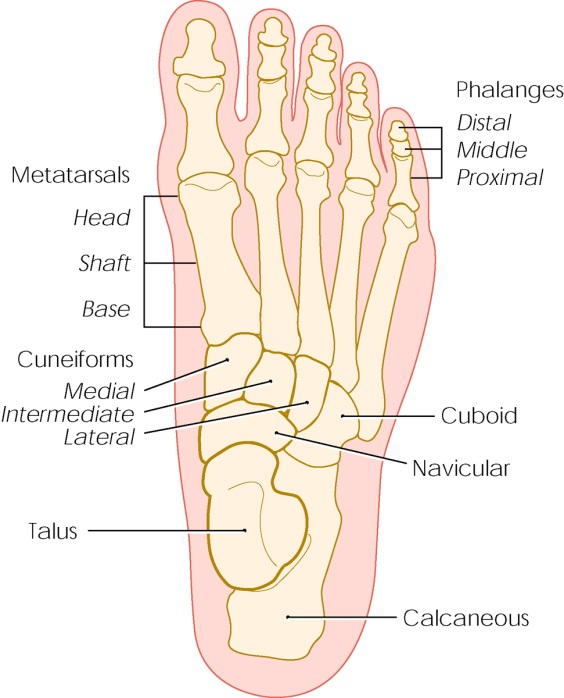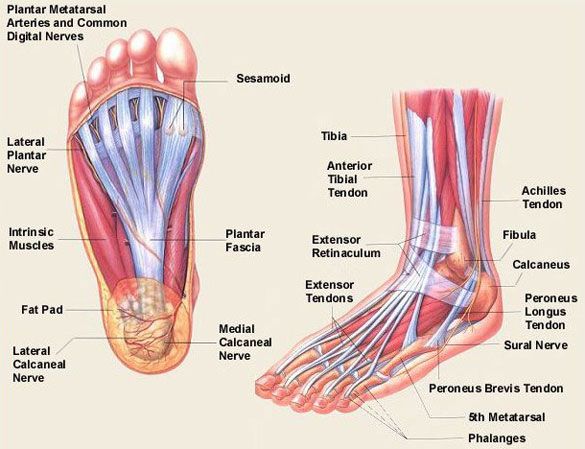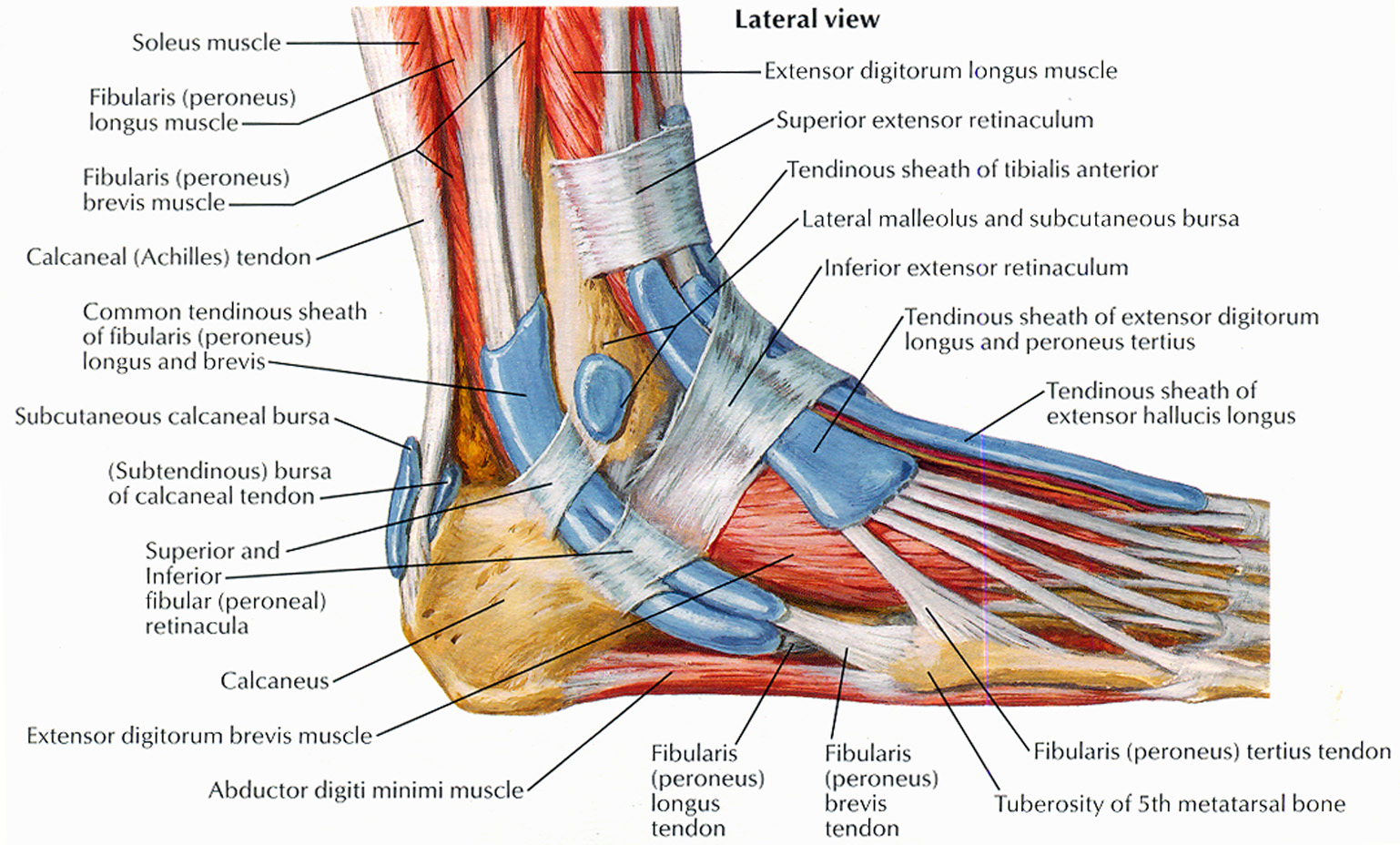Foot
Foot Meaning:
The vertebrate anatomy which is responsible for animal’s weight and enables them to move on land is known as the Foot. If you talk about human body foot it is one of the most difficult and complex structure to understand. It is made up of bones, muscles, tendons, ligaments and 100 other which are designed o allow the foot to balance the body on two legs. These parts are also responsible for different actions such as jumping, climbing, walking and running. Human feet are mostly subjected to injury due to their complicated structure. Corns, bunions, torn ligaments, sprains, fallen arches, tendonitis all can occur. We will talk about the structure of the human foot and its moving parts.
Foot Anatomy Bones
The complex structure of human feet originates from grasping feet cells like and hand like that can be seen in primates today. Our ancestors were tree dwellers and used to hang with all four limbs on branches. This enables them to evolve complex extraordinary hand and feet which they use for gripping, grasping and rotating.
The feet are made up of Ligaments, Muscles, 26 Bones, 33 Joints, and over 100 Tendons.

The feet seem to be a flat structure very complicated and you never realize how much work feet do. Scientists are curious about the ancestors that developed to walk upright which cause the fingers of our feet to fuse and formation of flat surface for walking. It may be because predecessors of vertebrates lived in grassy areas where trees were very less and to see over the grass standing tall was more significant than the climbing on trees. We started using tools like feet for walking and hands to carry things could also be the reason for this. All other species contain feet especially amphibians, reptiles, birds and mammals. Insects and mollusks like invertebrates also have feet but their feet are not so complex because they only need to walk and move with them.
Bottom of Foot Anatomy
Parts of the Bottom of the Foot

Foot Parts
Each foot of the human body consist of 26 bones and 33 joints which include the following bones:
- The Talus, bone of the Ankle
- The Talus connects to Tibia, the main bone in your lower Leg.
- The Phalanges, bones in the toes.
- The Metatarsals that run through the flat part of feet.
- The Cuneiform, the Navicularis, and the Cuboids which have for flexible functions.
- The Calcareous, the bone in the heel.
We can notice even a slight change in our bones. Bones enables the delicate shifts which help us to keep balance while running, climbing, walking, dancing and playing sports.
Foot Anatomy Muscles
There are many muscles in the foot. These can be divided into four major groups.
- The Top muscles if the foot.
- The Lateral sole of muscles.
- The Central sole of muscles.
- The Medial sole of muscles.
The strains in muscles are due to overworking which results in pain of the muscles. If there is no proper rest and treatment mild strains may occur. If strain occurs, mostly rest, ice, casts, and crutches are recommended. Physical therapy is also suggested.

Foot Ligaments
The strong flexible bands of tissues that perform a significant job of connecting bones are called Ligaments. Ligaments cannot be easily injured because of their strength but if somehow ligaments are injured their injuries are very serious. Ligaments injuries repair very slowly because the blood flow in ligaments is not like that of blood flow in muscles and bones. Like bones, ligaments are also present in large numbers in feet. A thick web of ligaments is present on the top of the feet. Although ligaments are very strong still they can be injured mostly near the ankle. The wrenching or twisting of any body part cause sprain, which resultantly causes ligaments damage. Due to less blood flow in ligaments, sprains are not easily recovered and long term damage results on the ligaments.
Foot Tendons
The thick bands of tissues that connect muscles to bones are called tendons. Tendons allow movements by connecting the muscles to bones.
Skin and Toenails
The skin protects the ligaments, tendons, and muscles from injury. Toes are protected by toenails.


